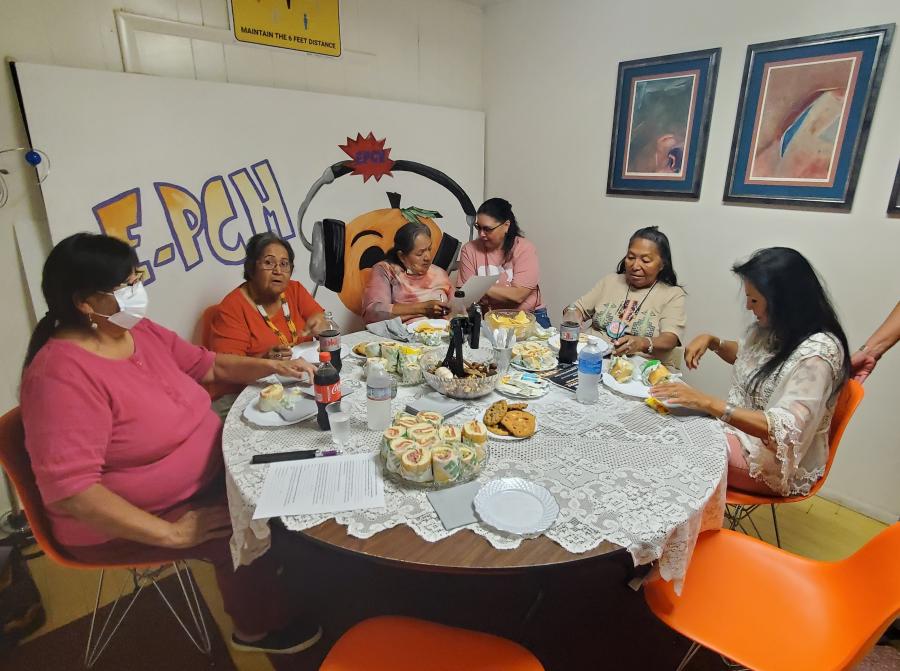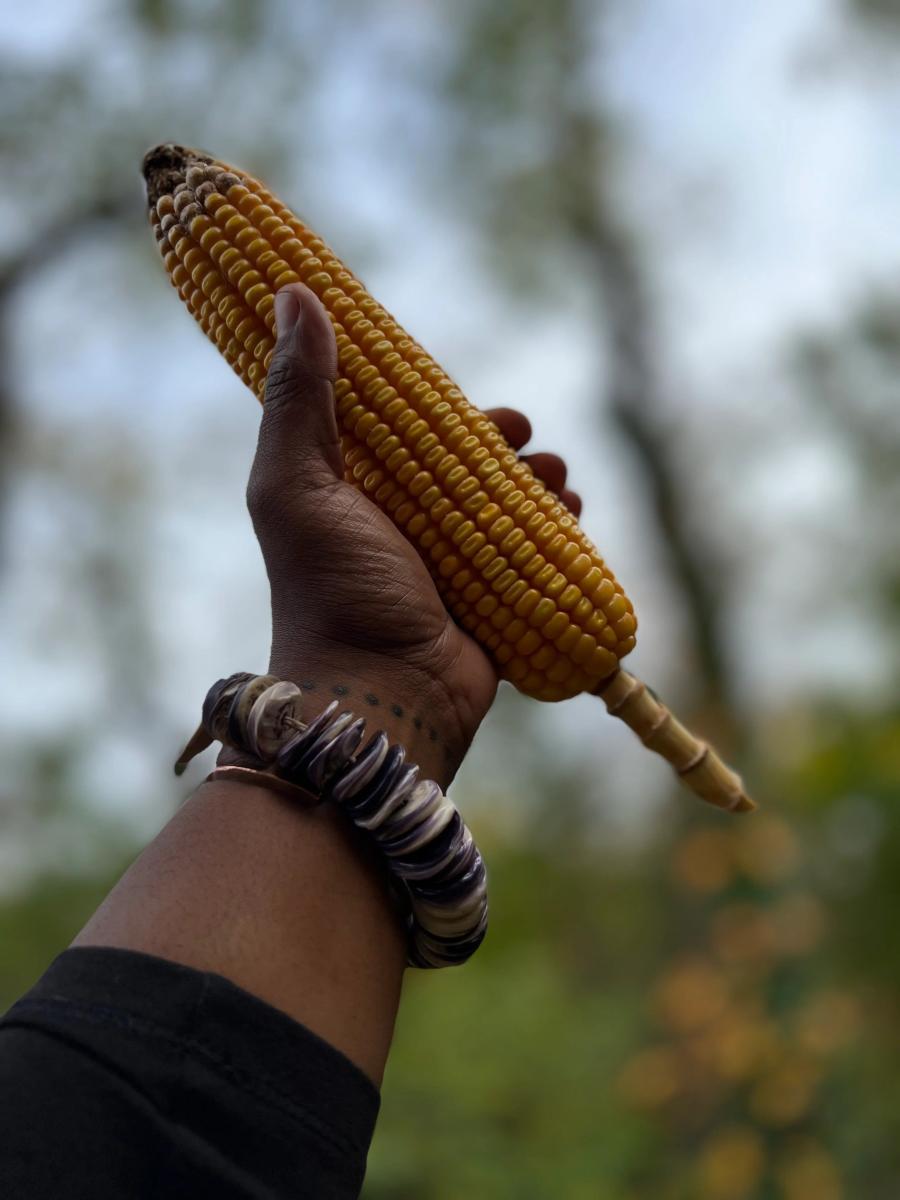I ka ‘ōlelo nō ke ola, i ka ‘ōlelo nō ka make.
In language there is life, in language there is death.
An old proverb that has served as instruction, as warning and, fearfully, as prophecy since the ancient times, we the kupa o ka ‘āina (children of the land) have taken it to heart. For 24 years, the Hawaiian language program ‘Aha Pūnana Leo has existed to serve a single purpose: to live through Hawaiian. All ages. All races. From the kupa o ka ‘āina, who were born here and descend from here, to the malihini (foreigners) who move here, live their lives here, and feel a responsibility to do their part, understanding that Hawai‘i‘s history is grounded in our ‘ōlelo Hawai‘i (Hawaiian language), therefore learning ‘ōlelo Hawai‘i to be part of Hawai‘i’s future. We established the first Pūnana Leo Hawaiian immersion preschool back in 1984 and today administer 11 such preschools, as well as co-administer three Hawaiian medium K-12 public schools in partnership with the Hawaiian Language College at the University of Hawai‘i at Hilo and the State of Hawai‘i’s Department of Education. This is the crux of what we do.
Located at least three time zones away from any significantly sized landmass, Hawai‘i is the most isolated archipelago on the globe. Our people have inhabited these shores for more than 200 primordial generations, with influx populations from throughout the Pacific Ocean coming via canoe, led by famous navigators such as Pa‘aoof Samoa and Hawai‘iloa from the Marquesas. Likewise, Kupe and his entourage’s voyage into New Zealand further documents the travels that define our race. Our names for our gods, our emotions, morals and values, names for the land and sea and all that lives upon and within them—our languages—are within 70 percent related. We are globally renowned as Polynesians, the most spread out single race of people in the world. As with our other Polynesian kin, we have been infiltrated by and divvied up among those who speak English,French, Spanish and German. True to our roots, we recognize and are wary of the politics of today’s globalization, yet the work of ho‘ōla ‘ōlelo (language revitalization) can be found in New Zealand with their Kōhanga Reoprogram and language policies being proactively adopted in Sāmoa, the Cook Islands, and Easter Island. None of our languages are immune to the effects of globalization, the utility of a common language (the one this author is employing to write this article) versus the profound nuances found within a mother tongue. Both deserve equal status, today as much as ever.
Having that faith in the everlasting viability of our ancestral knowledge and language is in the DNA of our work. Today, ho‘ōla ‘ōlelo is among the strongest grassroots movements throughout Hawai‘i. Within a decade of incorporation of the ‘AhaPūnana Leo, communities called out, wanting to establish Hawaiian language immersion Pūnana Leo (language nest) preschools for their children. A full three-quarters of these communities are rurally located and nestled in areas where Native Hawaiians live and work. Pūnana Leo preschools were critical to hearing and using ‘ōle lo Hawai‘i in today’s world.
Where else could we hear young children speaking Hawaiian exclusively throughout the day? Who would use it with them, thereby teaching it to them? It would have to be the young parents who learned it as second-language speakers and the last of the living kūpuna who were fortunate to grow up with the language themselves. There was no finer way to have a multi-generational language and cultural experience than having these three generations committed to serving, working, and learning in a Pūnana Leo.
We call this melding of generations and communities who support ho‘ōla ‘ōlelothe aukahi, a current filling up to meet a strong wave, apowerful movement. Today the aukahi has grown. The University of Hawai‘i system has established Ka Haka ‘Ula O Ke‘elikōlani (KH‘UOK) the Hawaiian Language College of the University ofHawai‘i at Hilo. The college, along with the College of Hawaiian and Indo-Pacific Languages and Literatures at the University of Hawai‘i at Mānoa, offers master’s degrees in Hawaiian language, as well as a newly established PhD degree in Hawaiian language and literature. Private institutions, such as Chaminade University and Brigham Young University-Lā‘ierecognize the important and legitimacy of the subject by offering their own bachelor’s degrees in Hawaiian studies.
This year also commemorates the most unique aspect of the aukahi: the 20th anniversaryof the Kula Kaiapuni Hawaiian Immersion Program. With Hawai‘i being the only state recognizing two official languages, Hawaiian and English,Hawai‘i is the first state to create a K-12 system of public native language immersion schools—administered under the State ofHawai‘i’s Departmentof Education. This was not the result of politicians reading the law anddeciding to enforce it. The families of the Pūnana Leo graduates fought for the right for their child’s teacher, desk, and classroom space in each of the communities where a Pūnana Leo was founded. With the exception of one elementary Kaiapuni site, all of the Kula Kaiapuni’s creation was the result of the Pūnana Leo families who compelled it.
As the aukahi grows further and those first Pūnana Leo babies reach their mid-20s and all of life that goes with it (parenthood, higher education, employment,buying a home and similar goals), it will be up to the next generation to further the work and define yet again what it means to be a Hawaiian with the fullness of language and culture instilled and honored within.
Luahiwa Nāmāhoe is theMedia Coordinator for ‘Aha Pūnana Leo, Inc



